EATON Emergency luminaires












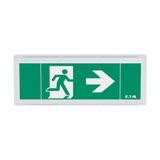

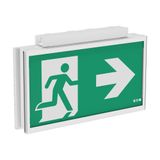


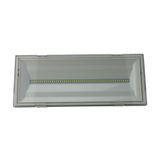
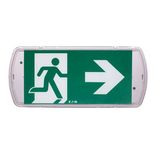
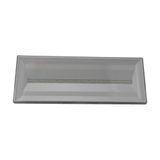
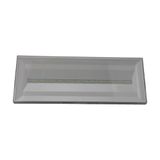





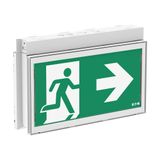

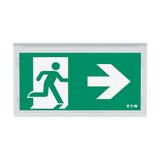
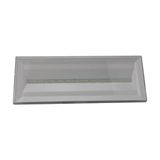
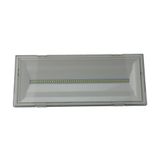

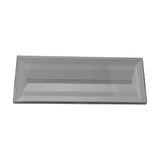
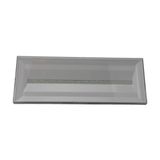


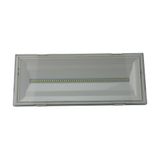







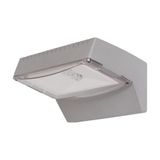
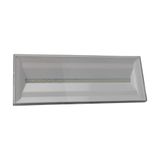














Eaton Emergency Lighting: Safety in Critical Moments
When main power fails, emergency lighting kicks in. Eaton emergency luminaires and Eaton emergency lighting systems are more than backup — they’re your lifeline in evacuation scenarios. For procurement teams and safety engineers, Eaton’s solutions combine certified performance, maintenance support, and dependable logistics for projects across Europe and beyond.
Eaton Emergency Lighting Fixtures – Technical Specifications
- Product Types: self-contained luminaires, exit signs, safety lighting, anti-panic / open area units
- Operation Modes: maintained, non-maintained, switchable models
- Battery / Autonomy: Ni-Cd, Li-Ion or lead-acid modules for 1h, 3h or 8h duration
- LED Light Source: high-efficiency LED modules, rated > 50,000h lifetime
- Ingress & Impact Protection: IP ratings (e.g. IP65), IK impact classes, temperature tolerance −20 °C to +40 °C (or higher for industrial types)
- Standards & Compliance: EN 60598-2-22, EN 60598-1, ICEL registration, BSI/Kitemark schemes in relevant regions
- Accessories / Monitoring: test switches, remote heads, monitoring modules and central battery connectivity (CG, Star / Star+ systems)
Other Eaton products:
Practical Use Cases & Installation Notes
In commercial corridors, Eaton emergency lights and exit signs clearly mark routes when power fails. Designers often use self-contained luminaires so that wiring is simpler — no need for central battery wiring — especially in retrofit projects.
In industrial or hazardous areas, Eaton safety lighting might integrate remote monitoring modules, enabling status reporting to building management systems (BMS). The ExLin V-CG-S series, for example, supports hazardous area classification and very low inrush current, allowing dozens of units on a single circuit without overloading backup systems.
During installation, wiring for non-maintained mode must be tied into the normal lighting circuit in such a way that the emergency luminaire activates only when mains fail. Spacing and mounting positions must satisfy minimum lux levels (e.g. 1 lux on escape-route centerline, 0.5 lux open areas) per EN 1838 guidance.
After installation, monthly functional tests and annual discharge tests are mandated. The Eaton systems with automatic / self-test modules reduce maintenance overhead by logging faults centrally and minimizing manual inspection.
Procurement Insights for Wholesale Buyers
When sourcing Eaton emergency lighting systems in bulk, decision makers typically compare:
- Autonomy duration (1h, 3h, 8h) and battery types (Li-Ion, Ni-Cd)
- Mode type (maintained vs non-maintained vs switchable) depending on building codes
- Certifications and compliance, particularly ICEL or other national emergency lighting approvals
- Ingress & impact ratings (IP, IK) based on installation environment
- Monitoring & test options (central battery compatibility, self-test modules, remote switch accessories)
- Lead time & MOQ — Bank of Lamps holds Eaton emergency luminaires in stock at its Latvia hub
- Integration flexibility — Eaton light fixtures for evacuation often pair with signage, control systems, and structured safety gear
Reliable spare parts (replacement modules, batteries, test units) are critical — ensuring service continuity is often as important as initial cost.
Eaton Emergency Lights & Safety Lighting via Bank of Lamps
Bank of Lamps distributes Eaton emergency luminaires, exit signs, and backup lighting systems across Europe from our central warehouse in Latvia. We provide fast B2B delivery to the UK, Germany, Netherlands, Baltic states, France, Spain, Belgium, and support system integrators with consistent stock and predictable logistics.
For purchasers seeking compliance, durability, and seamless integration, Eaton emergency lighting via Bank of Lamps is a dependable wholesale choice for 2025 safety and evacuation lighting projects.